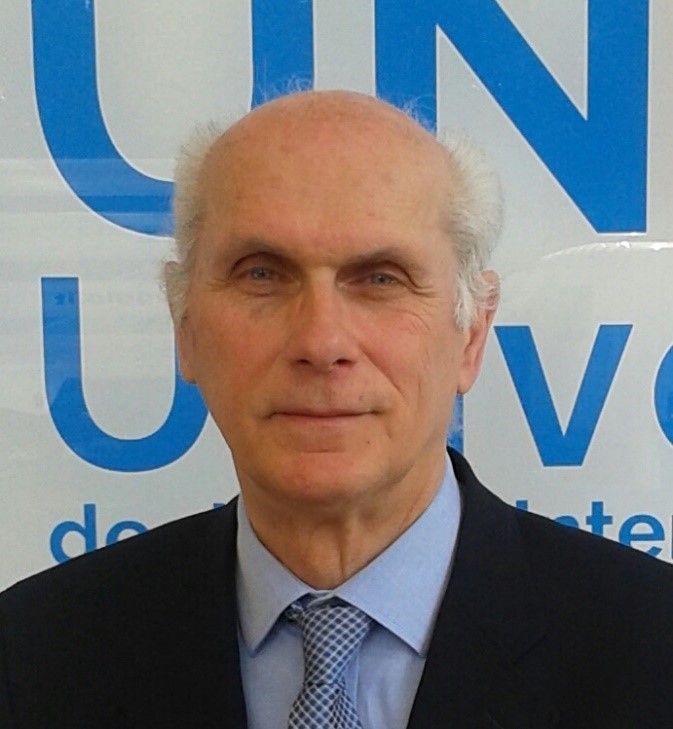SIGN UP TO ATTEND THE EVENT
* To participate and watch the contents of GECO (round tables, geco green talk) it is sufficient to register ONCE ONLY for the event.
The market economy has its own strength: internally, businesses and consumers, supply and demand are coordinated without the need for any external intervention. This happens at the level of the national economy, but also on a larger scale, in the context of globalization. Starting with the Scottish economist Adam Smith, who first theorized it, hordes and generations of economists have undertaken to explain how the market works, the famous invisible hand, and the benefits in terms of well-being and growth that it can bring. (Although it must be said that our economies are not "pure" market economies, but "mixed", with a significant presence of the state and the public sector: in Italy, public spending is currently over 40 per cent of GDP, even 50 percent in times of pandemics). For over half a century, there has been a reflection on the need to broaden the vision of the market economy. The activities of production, trade, income distribution, consumption and so on take place within the natural environment and interact strongly with it. New models (Club di Roma, The limits of development, 1970; Ayres and Kneese, 1969) pose the need to consider the multiple interactions between the economy and the environment: absorption of renewable and non-renewable resources, production of waste and pollution from part of the production sector and commercial distribution, but also by consumers, etc. There are, therefore, ex ante effects (ie upstream of production and consumption activities), during the performance of these activities, and ex post, ie a posteriori. The economic analysis of recent decades shows that the amount of waste generated by an economic system is equal to the amount of natural resources it absorbs from the environment (application of the First Law of Thermodynamics to the Economy of the Environment).
The analysis of the relationship between the economy and the environment also leads to the consideration of other dimensions to be included in the analysis model, such as those of the effects over time, especially in the medium and long term, of economic activity on the environment. The main issues are those of the limits of development (depletion of natural resources; impact of waste and pollution on the environment; demographic evolution) and sustainability, i.e. the effects that the behavior of a generation has on the well-being and opportunities of generations. future. All in a context of uncertainty, given the limited knowledge we have on economic and natural phenomena, and of irreversibility that characterizes many of the changes caused in the environment. These are the issues to which figures such as that of the young Greta Thunberg have given voice in recent times, and with increasing force. The expansion of the analysis model from the simple business-consumer-market economic scheme to an integrated model that considers economic activities inserted in the natural context, and moreover in a temporal and dynamic perspective, poses incredible challenges to scholars and rulers. and to all social subjects, at any level. The main ones are to proceed with a review of the methods of production, consumption and social organization that takes into account not only the criteria of individual well-being and profit, but the external effects on the natural environment, of human action. In a long-term perspective, it is necessary to identify a path, a path, of growth and sustainable development that allows us to increasingly satisfy the needs of human beings, especially the weakest ones (social sustainability), while keeping present interaction with the environment. This inevitably leads to a profound and radical redefinition of the way of producing, of carrying out trade on a national and international level, of consuming, in practice, of living. Challenges that are not simple, but certainly compelling, also due to the new and higher level of awareness to which individuals, companies, states and the international community are called.
How to participate:
After registering for the GECO event, log in to the gecoexpo.com website with your credentials, by clicking on the "Login" button visible on the Homepage at the top right.
Once logged in, there are 2 ways to watch the scheduled contents:
- Click on the "Go to the fair" button visible from 1 March for the buyer profile, from 3 March for the visitors profile, entered the virtual fair environment, you will have to go to the auditorium area (visible on the map) and click on the stage screen you will follow the direct of the content;
- Click on the button "Access the content program" available on the homepage of the website for all profiles from March 1st, both visitors and buyers.
In addition, just before the start of each speech, the avatars connected at that time on the platform will display a notification, inviting them to go to the auditorium to follow the scheduled content.







